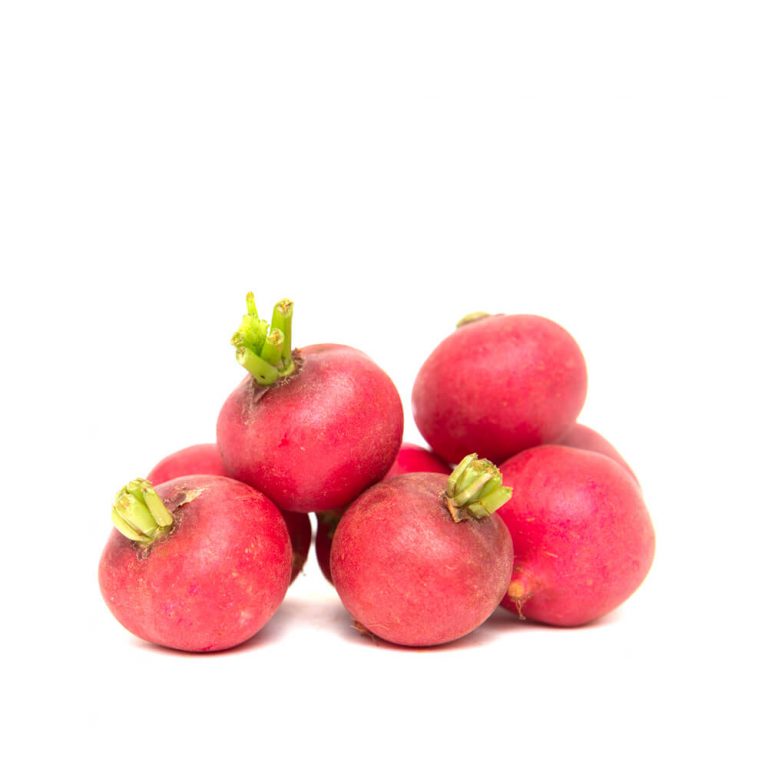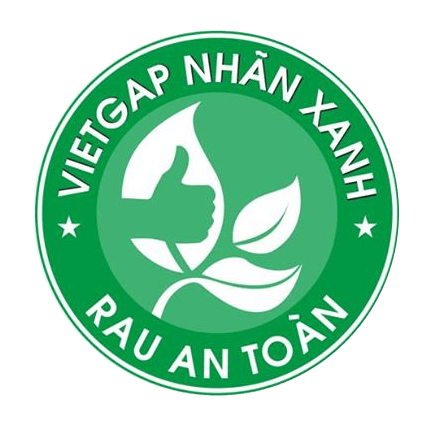
Red Round Radishes
Mekostar’s red round radishes are grown according to VietGAP standards. The radish has small size, a round shape, a thin red-purple crust and white flesh. Mekostar’s Red Round Radishes are crispy with a peppery flavor.
Red round radishes are rich in vitamin C, which helps to boost our immune system, repair cells and increase iron absorption
Red round radishes can be washed and eaten immediately without peeling. They are suitable for dishes such as salads, soups, and pickles.



